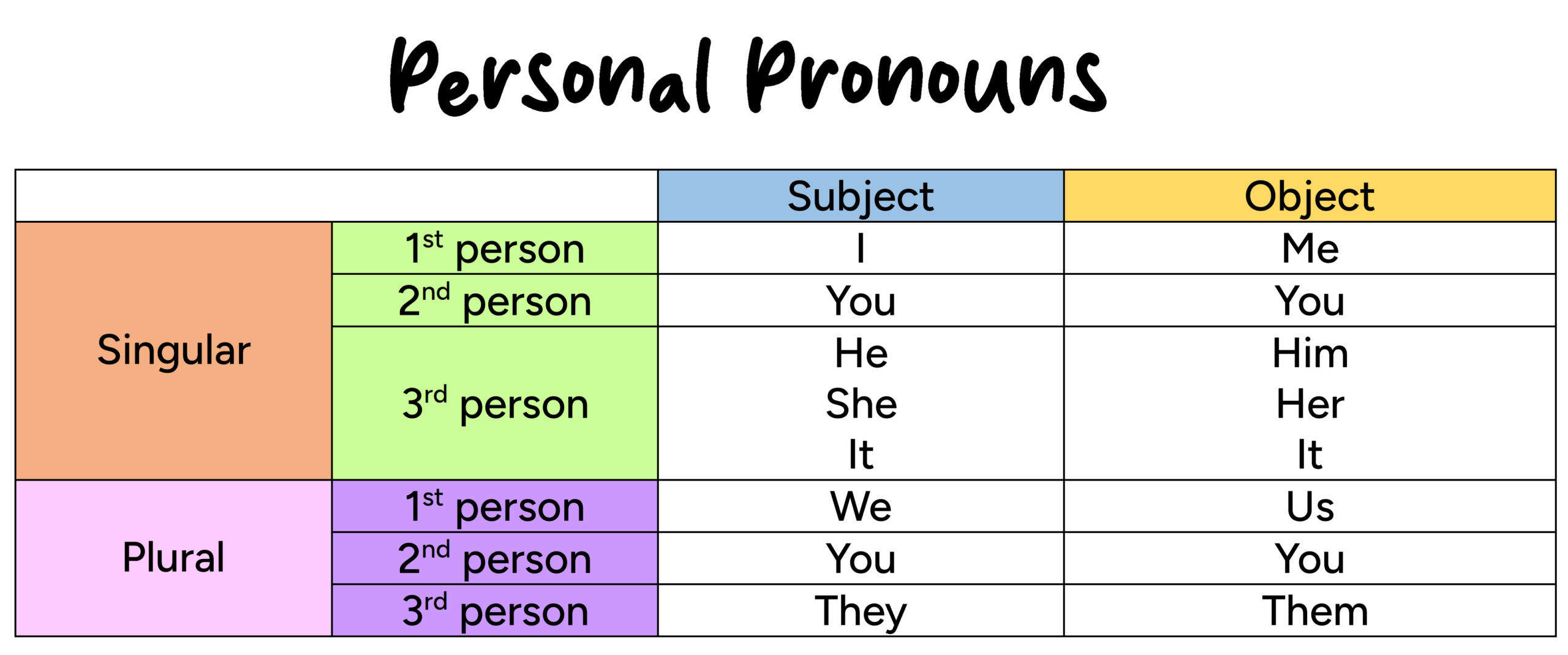Personal pronouns are an essential part of the English language, as they are used to refer to individuals in a conversation or text without having to constantly repeat their names. These pronouns help make communication more concise and efficient. Understanding the different types of personal pronouns is key to mastering the language.
There are several categories of personal pronouns, including subject pronouns, object pronouns, possessive pronouns, and reflexive pronouns. Each category serves a specific purpose in a sentence, depending on the role of the person being referred to. Here, we will explore a list of personal pronouns in each category.
List of Personal Pronouns:
- Subject Pronouns: I, you, he, she, it, we, they
- Object Pronouns: me, you, him, her, it, us, them
- Possessive Pronouns: mine, yours, his, hers, its, ours, theirs
- Reflexive Pronouns: myself, yourself, himself, herself, itself, ourselves, themselves
Subject pronouns are used as the subjects of sentences, while object pronouns are used as objects of verbs or prepositions. Possessive pronouns show ownership or possession, and reflexive pronouns are used when the subject and object of a sentence are the same person.
It is important to use the correct personal pronouns in sentences to ensure clarity and accuracy in communication. Misusing pronouns can lead to confusion and misunderstandings. By familiarizing yourself with the list of personal pronouns and their respective categories, you can improve your language skills and communicate more effectively.
Practice using personal pronouns in various contexts to become more comfortable with their usage. Pay attention to how pronouns are used in conversations, texts, and other forms of communication to enhance your understanding. Remember that personal pronouns play a significant role in conveying meaning and establishing relationships in language.
In conclusion, personal pronouns are essential tools for effective communication in the English language. By mastering the list of personal pronouns and understanding their categories, you can enhance your language skills and improve your ability to express yourself clearly. Practice using pronouns in different contexts to become proficient in their usage and make your communication more precise and engaging.
